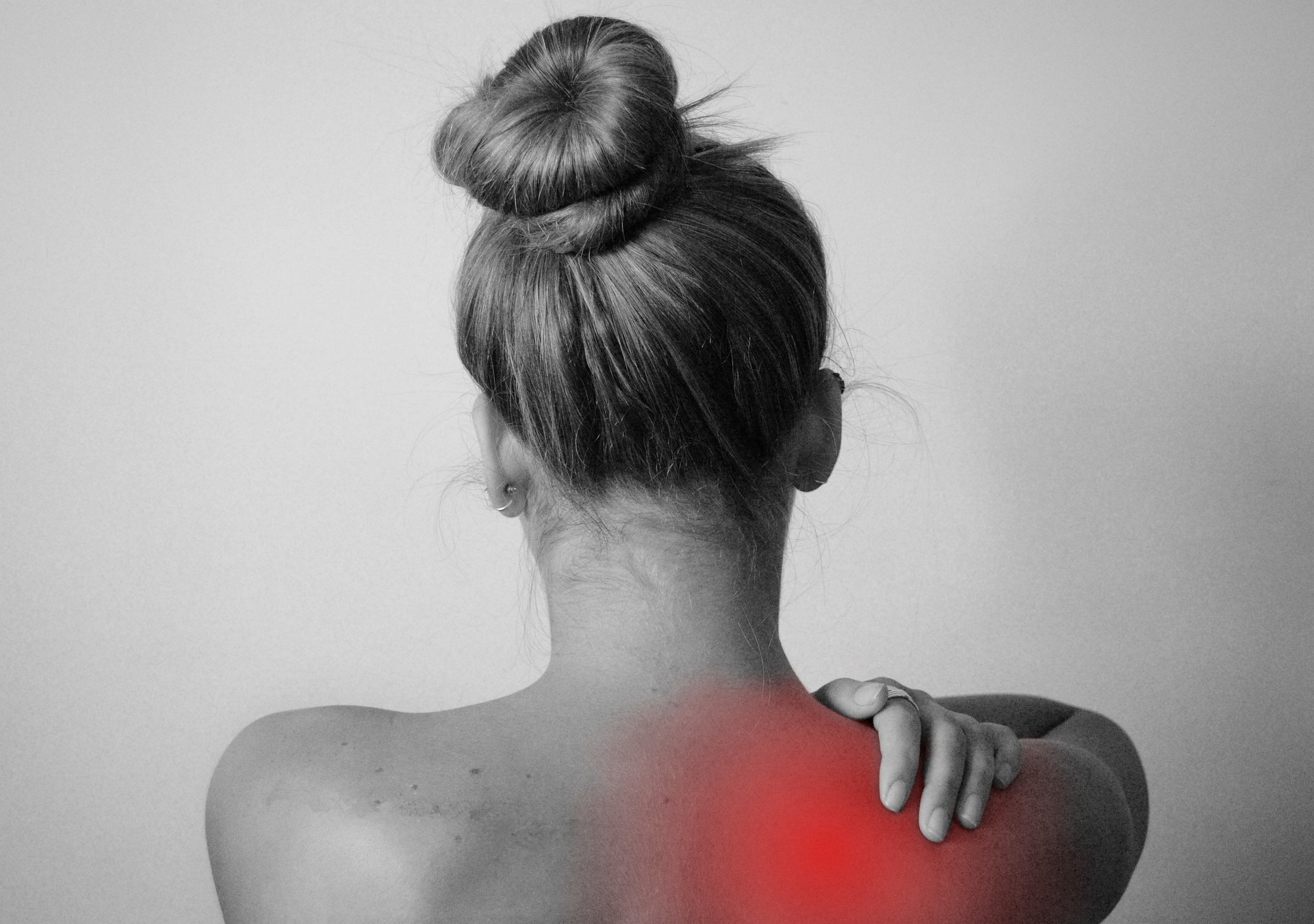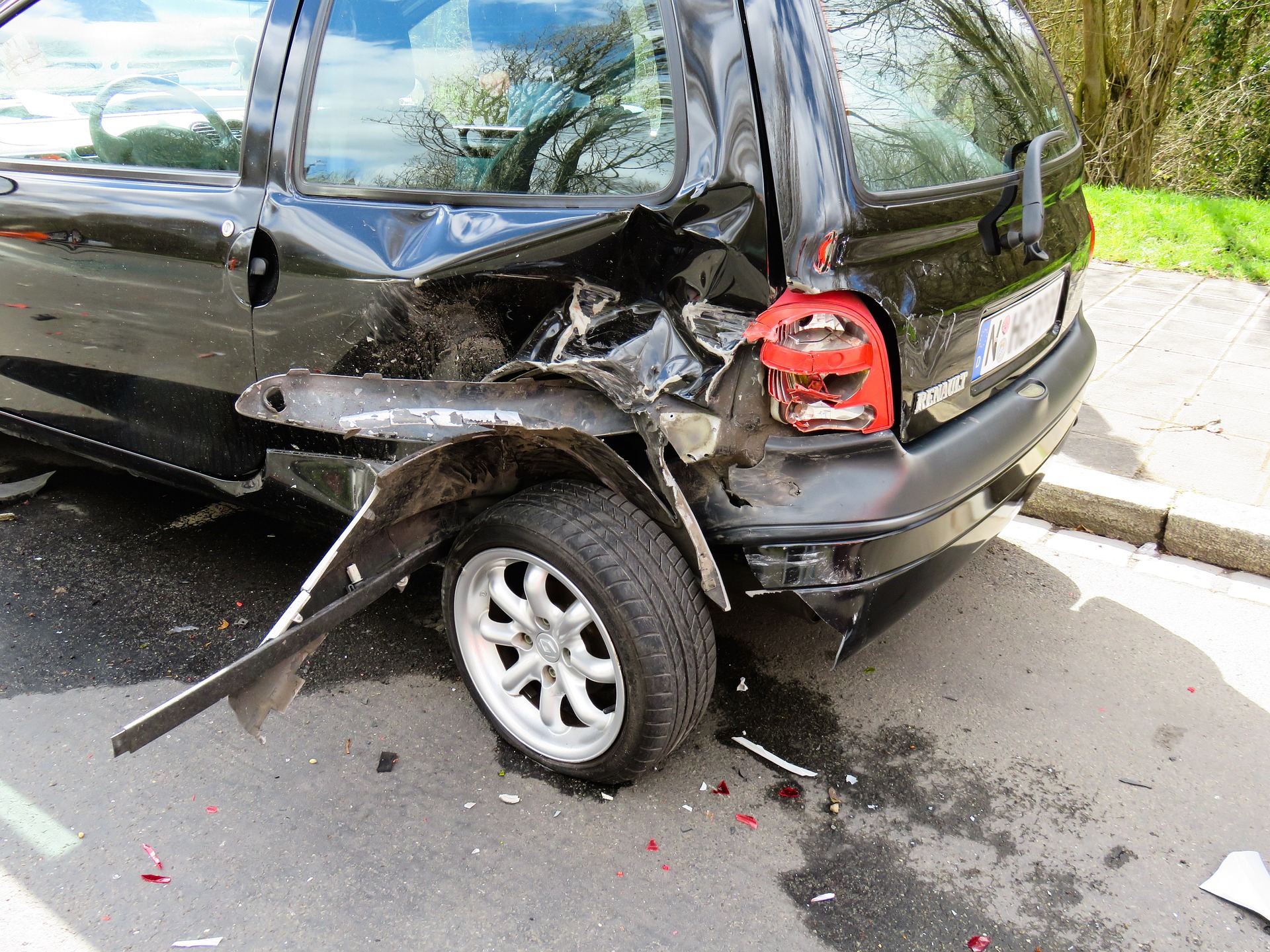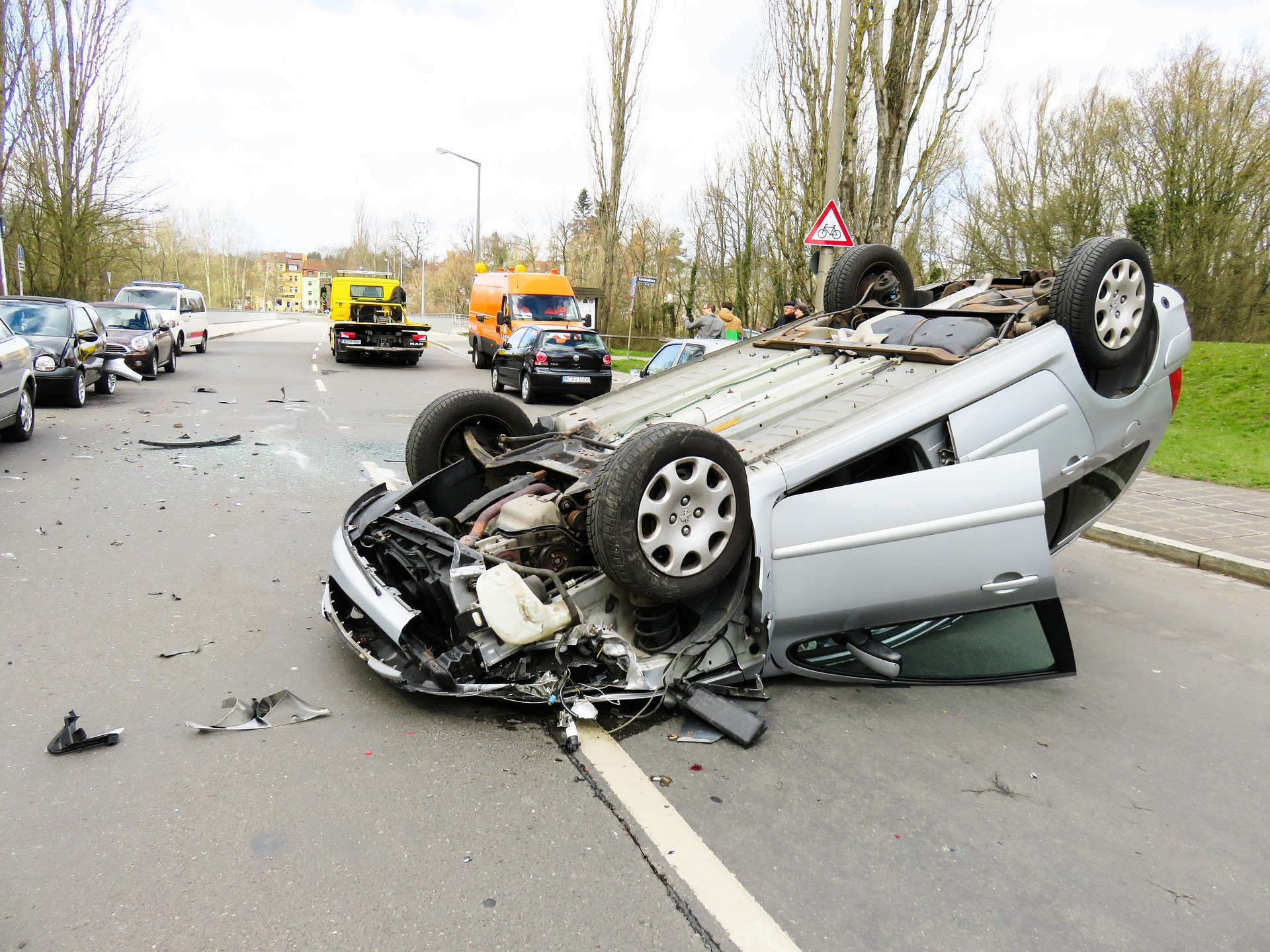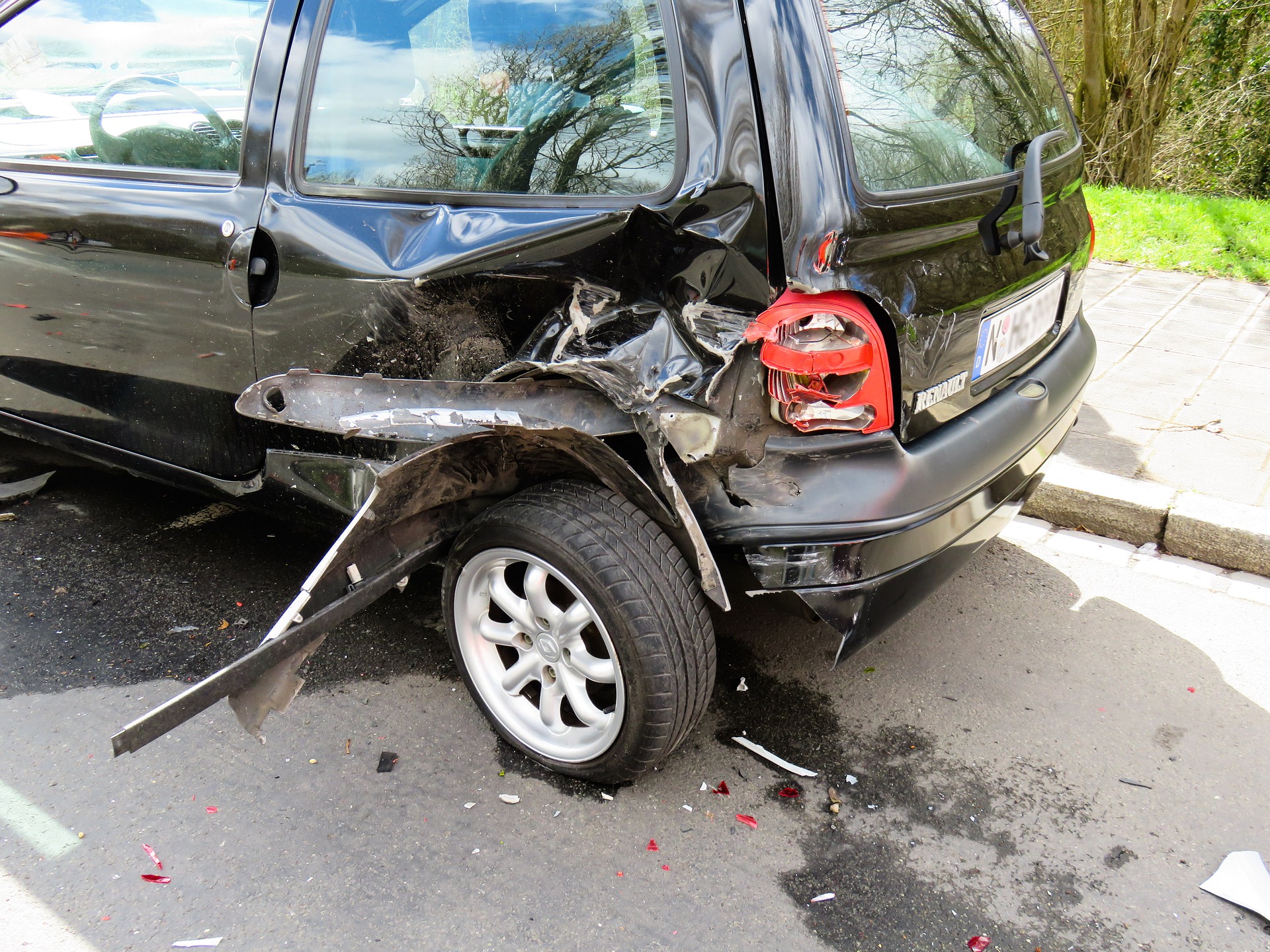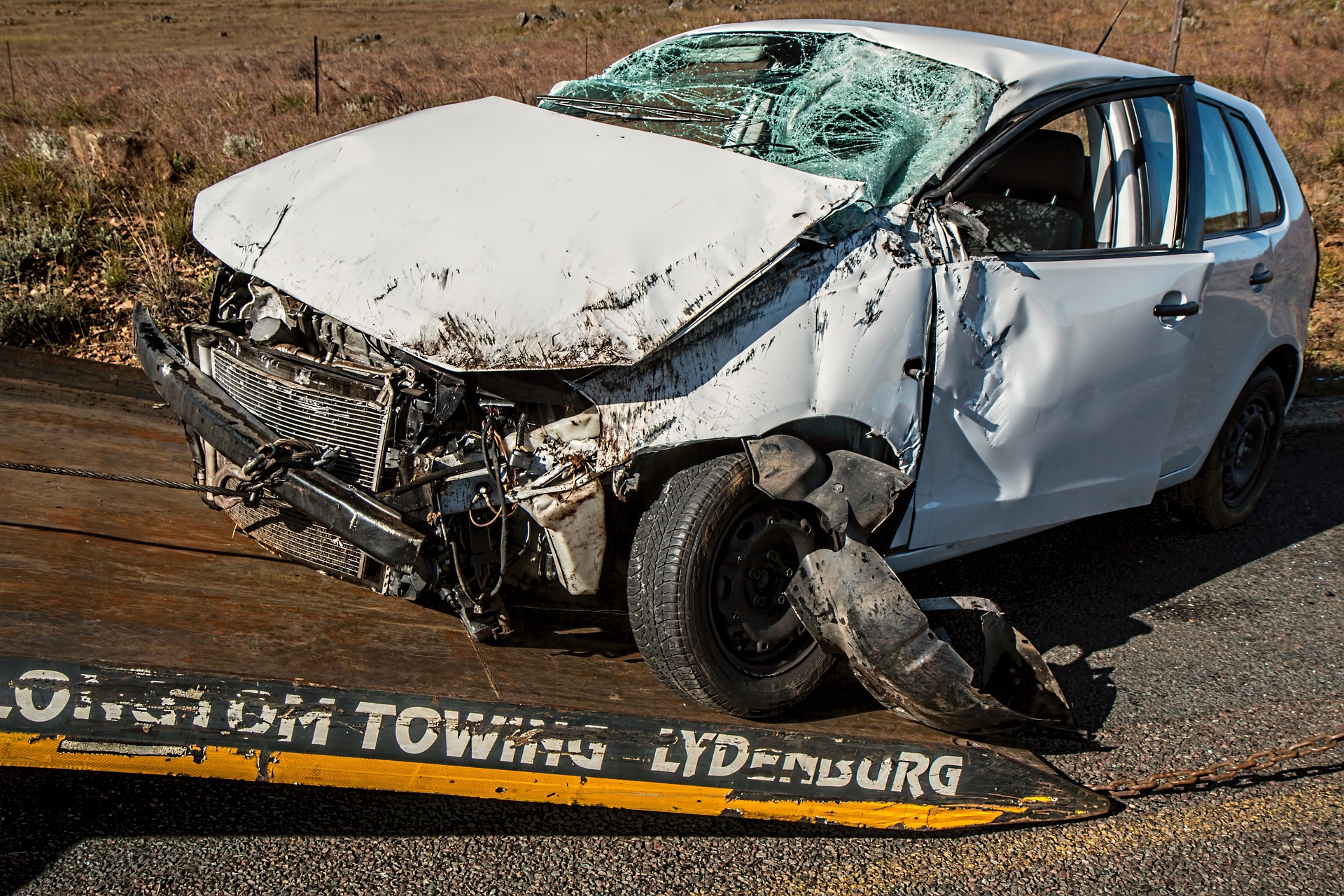Being involved in a car accident can create havoc in so many aspects of a person's life. Aside from potential litigation, insurance rates increases, and damages to the property, all people involved in the accident may suffer long-lasting trauma, significant economic losses due to injuries, or even fatal ones.
It is also essential to understand that some of these injuries may not even be instantly felt or evident soon after the accident as they may take some time to surface or be discovered. You should check out our other articles on how to avoid a accident in the first place, how to file a claim once you are in an accident, and what kind of damages are available in car accident cases. Of course, any type of settlement will depend on who is at fault and what the insurance policy limits may be based on the types of insurance coverage in California.
Some of the common injuries that may be caused by being involved in a car accident include:
Whiplash
The impact caused by a car accident, no matter how light it may seem, can cause significant trauma to a human body. A typical trauma caused by this impact is called whiplash. This refers to the muscle, ligament, and tendon injuries to the neck.
Depending on the severity of the damage, this may require multiple physical therapy and chiropractic treatments to assist with the recovery. This type of injury may also need medications and medical attention from specialists.
Head and Back Trauma
Like whiplash, head and back trauma are common injuries that those involved in a car accident. This usually occurs during the collision when those involved strike their heads against the steering wheel, dashboards, windows, airbags, or if the vehicle rolls over.
In addition to the head and the back, this type of trauma may also be experienced in shoulders, hands, wrists, feet, or any other body part hit during the car accident.
Depending on the seriousness of the damage, these injuries may pose life-long pain and permanent damage, which requires life-long medication, constant medical attention, and therapy.
Fractures and Broken Bones
A person can fracture or break their bones due to the impact caused by a car accident. These injuries may permanently damage a person significantly if the fracture has affected the ligaments and tendons.
This type of injury may require medical attention, pain medication, physical therapy, or being in a cast for weeks or months at a time.
Spinal Cord and Paralysis
The impact of a car accident can cause long-term injury to a person's spinal cord, which can lead to paralysis and other complications such as nerve damage and sexual capacity.
Even if it does not lead to paralysis, a spinal cord injury is severe health damage and needs lengthy recovery time, constant medical attention, therapy, and medication. This type of injury may also lead to other serious complications that may require extensive treatments to heal.
Burns
A car catching on fire is not a regular occurrence but can happen in certain situations. If this happens, the person can get burns from a car accident. Aside from the unsightly nature of the burns, they are painful and can lead to infections.
Depending on the severity of the burns, the treatment can range from simple ointment treatment to corrective plastic surgery and medication.
Loss of Limbs
In severe cases, loss of limbs can occur in a car accident if a body part has poorly been crushed to the point that it may be severed or needs to be amputated.
This type of injury is permanent and life-altering. This may also affect other aspects of the injured person's being, including, but not limited to, mental health, self-esteem, and way of life.
Internal Organ Injuries
Damage to the internal organ occurs during a car crash when a body part hits an object in a great force that the impact has hit the organs inside the person's body.
This severe injury causes internal bleeding that requires immediate emergency medical treatment.
Traumatic Brain Injuries
A traumatic brain injury in a car accident occurs when an external force causes the brain to malfunction. This typically happens when a head is hit by an object or hitting someone else during a car accident. This may lead to bleeding or bruising in the brain or tissue damage, leading to severe or permanent mental or physical disability.
Given the severity of this type of injury, treatment may include hospitalization, physical and psychological therapy, specialist visits, medications, and invasive therapies.
Post-Traumatic Stress Disorder (PTSD)
A post-traumatic stress disorder (PTSD) occurs when a person experiences debilitating trauma due to a car accident.
This is severe psychological damage that needs extensive psychological therapy and medication.
Depending on the severity of the injuries, some of these traumas can result in permanent damage that causes life-long pain and trauma. Therefore, it is vital to see a doctor as soon as possible after being involved in a car accident, even if you feel fine.
Note that this article is not meant to be taken as legal advice. If you or a loved one has been involved in a car accident, call us at Injury Compensation Law PC 714-627-2622 for a free consultation with one of our experienced attorneys to discuss the facts of your case and legal rights for compensation.

